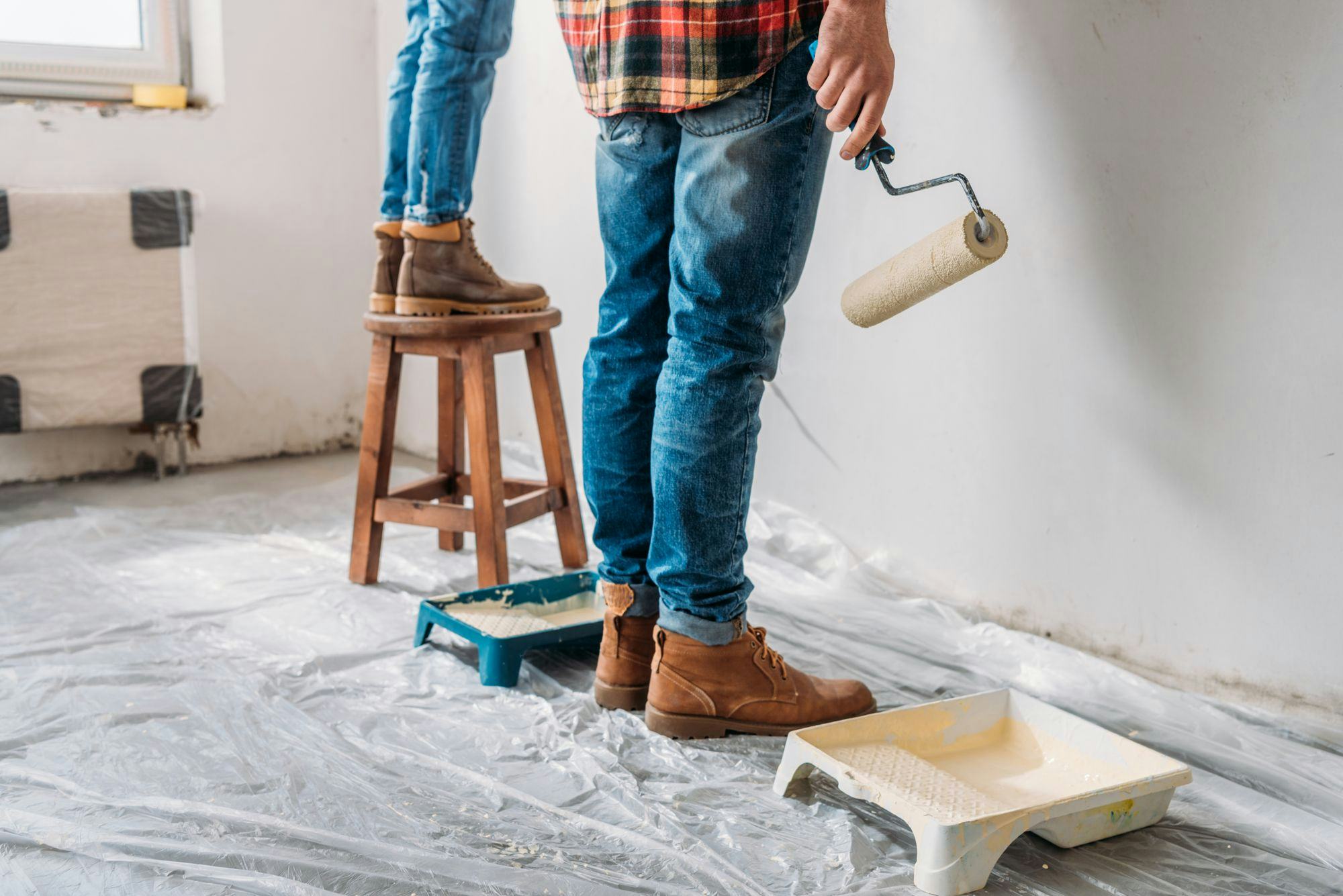Home improvements not only improve the quality of your home but also the quality of your life. They also can increase the value of your home. Improvements involving major repairs can be quite expensive, requiring many homeowners to borrow money. If you find yourself in a position where you have to take out a loan to finance home improvements, one option may be to borrow against the equity in your home. Getting the best terms on a home improvement loan, like any other loan, is likely to require a strong credit rating, low debt and high income.
Overview
Many lenders, including traditional financial institutions such as banks and credit unions, offer home-improvement loans. The number of online lenders offering this product also is increasing rapidly. Many home-improvement loans are personal unsecured loans, while others are secured based on the equity in your home.
Lenders often stipulate that loans designated as home-improvement loans can be used only for improvements that will increase the value of your house. While a swimming pool might improve your home’s value, this feature has a notoriously poor return on investment (ROI), so a lender might deny an application that is for such a purpose. However, the expected positive ROI from most projects financed through home improvement loans means they’re generally easier to obtain than mortgage-oriented products like home equity loans and home equity lines of credit (HELOCs).
The interest rates on home improvement loans can be highly variable, although they’re generally lower when obtained from lenders who specialize in such loans.
Benefits
The speed with which home improvement loans can be approved is one of their most attractive advantages. It's common to receive funds within a couple of days after loan approval. The term of these loans is usually short, typically between one and seven years. The length of the payback period will depend mainly on the specific lender and the loan amount, which can range from $5K-$100K.
Getting the best terms
Homeowners can perform a number of steps to get the best possible terms on a home improvement loan. If you decide to take out a home-equity loan or HELOC, the first step is to determine the value of your home equity. This will give you an idea of the maximum amount you can borrow. You can calculate your equity by subtracting the balance on your mortgage from the fair market value of your home. Each time you make a mortgage payment, the portion of that payment dedicated to principal is added to your equity. Your equity also changes when your home's market value rises and falls.
You need to have a clear idea of what you want to do with the money before approaching a lender. Lenders like to be persuaded that your proposed improvement will provide a positive ROI if and when the home is resold. That assurance helps to safeguard their investment in the event that you default on the loan. This is especially important when the lender also is your mortgage lender, who already has a vested interest in your property. Your chances of getting a loan also will improve if you ask for a specific amount that is less than the equity in your home.
Providing a lender with estimates from at least three contractors helps demonstrate that you've done your homework and already have a good idea about what your proposed improvement will cost. This preparation is essential for convincing lenders that you’re a good risk.
Checking your credit history and credit score before you apply for a loan is always a good idea. A credit score over 650 will help your chances of getting approval. You should also review your credit history for mistakes that could reduce your chance of approval. The major credit bureaus provide specific procedures for correcting errors in your credit history.
Bad credit
A home improvement loan is obviously more difficult to obtain when you have poor credit, but you do have some options when this is the case. The U.S. Department of Housing and Urban Development (HUD) has significantly lower requirements for home improvement loans than private lenders do. A Federal Housing Administration (FHA) Title 1 loan specifically targets borrowers with poor credit. The FHA also offers the streamlined 203(k) program, which provides home improvement loans of up to $35K.
Another option is to have a friend or relative with excellent credit cosign your home improvement loan, which can greatly improve your chances for approval. Be sure to get all terms in writing before you approach lenders with a cosigner.
Alternatives
You can use other types of loans to finance your home improvement project, even if those loan products aren't specifically designed for that purpose. For example, a HELOC provides a line of credit that you can use for any purpose. The advantage of this loan for making home improvements is that you don't need to know the exact cost of the improvement beforehand but can draw on the agreed-upon loan amount as needed. Some lenders offer HELOCs with features that make them closer to traditional home equity loans. For example, Figure’s HELOC pays you the entire loan amount up front, while also allowing you to continue drawing on the line of credit as you repay the initial loan.
